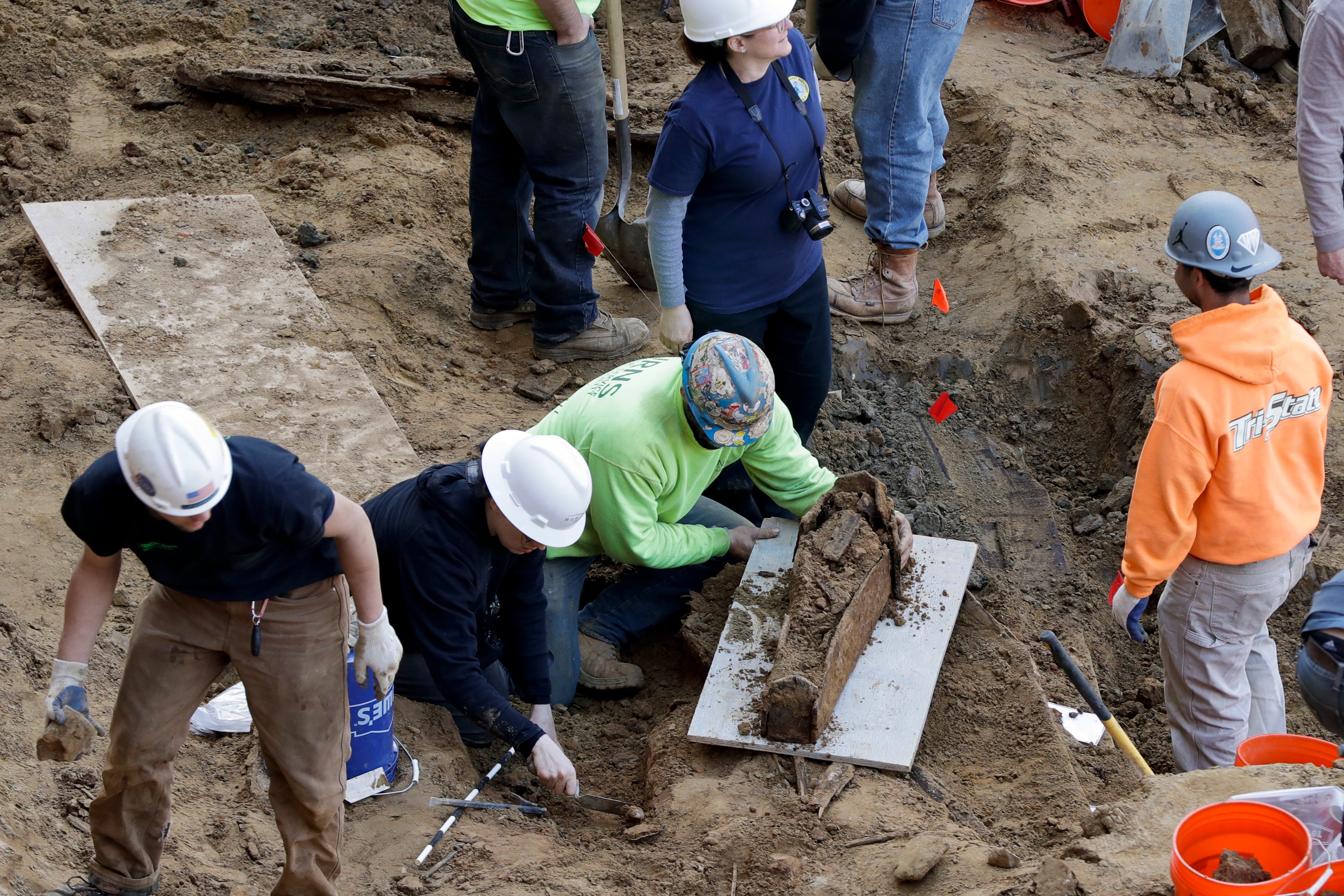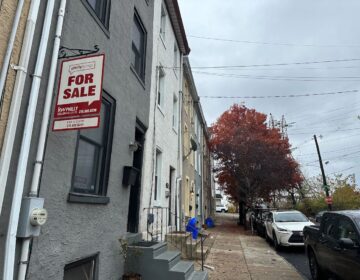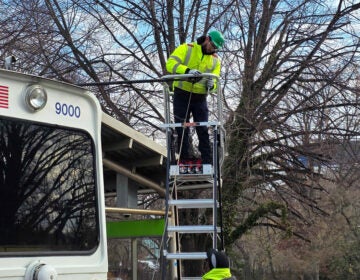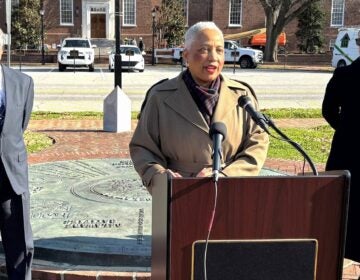New map unearths dozens of forgotten burial grounds across Philly

In the summer of 1851, it was reported that a Mr. Finley had purchased a plot of land on the corner of 12th and Carpenter streets in Philadelphia, to build on it a residence for him and his family. But when digging into the ground to make a cellar, he made a sinister discovery. Mr. Finley had “struck upon a pit of dead bodies,” as noted in a Philadelphia Inquirer article published at that time.
Turns out, he had unearthed a former almshouse burying ground, containing hundreds of coffins and corpses, “likely deposited during the prevalence of Asiatic cholera in 1832.”
Like many old cities, Philadelphia is built on countless cemeteries and burial grounds. Its history is peppered with stories of graves disturbed and of cemeteries all but lost.
Now, more than a century and a half after that discovery on 12th and Carpenter, the Philadelphia Archeological Forum hopes to have the answer to this mystery, a way to prevent such unseemly surprises, and in turn, better preserve the past.
After years of archival research and unearthing old maps, the group has launched an online, geo-located historic burial map that spans the entire city and combines information from multiple maps encompassing hundreds of years into a single database.
“It’s as comprehensive as we can get it,” Doug Mooney, president of the local archeological forum, said. “What we’re hoping is this map can become an important tool to help avoid future impacts to unmarked cemeteries throughout the city by construction.”
Historians say cemeteries are forgotten for all sorts of reasons: congregations move away or thin out, grave relocations may be incomplete, members who knew of the burial grounds themselves die.
“In some cases, there are hundreds of individuals built on layers on top of the other, and in some cases, people doing the relocation think they have everybody, but they don’t,” said Mooney.
But that can lead to problems when they’re discovered, including a loss of history, and unexpected costs and delays for developers. The problem most notably rose to the surface in the fall of 2016, as construction workers hit hundreds of bones and coffins dating back to the 1700s at Second and Arch streets, and connected to the First Baptist Church. Questions remain over how those bones were handled and whether some were even thrown out.
Mooney hopes the map will help prevent that from happening again.
“If there is a construction project being planned for some location, people can go in here [to the database] as soon as possible, identify whether there had been a cemetery there at some point in time, and then use that information to take appropriate steps to make sure burials there, if they are present, are not impact by construction,” Mooney said.
The map includes more than 200 burial sites and will continue to be updated because, well, “we are always finding new ones.”
And the constant finding may never end, despite the scope of this new online map. “There’s probably no way that we will know or be able to map accurately every cemetery that ever existed in Philadelphia, in part because we know there are an unknown number of small family cemeteries that may never have been mapped anywhere.”
Mooney recently discovered documentation of a historic African-American burial ground at 4125 Chestnut Street, underneath a car wash scheduled for demolition to make way for a new apartment building. He found the hidden 192-cemetery thanks to scanning old maps. The discovery led the builder to consult with professionals about how to proceed on the sensitive site and commit to treating “any remains they might discover with care and respect.”
Anything that can be done to predict where graves might be found ahead of a construction project getting underway is important, says Mooney.
“Developers can plan and account for that in the construction plan, making things easier in the long run,” he said.
Beyond that, it’s about honoring and preserving the past.
“These are the remains of the people who founded Philadelphia,” Mooney said. “And we believe they should be respectfully treated.”
For more on Philadelphia’s hidden burial grounds, listen to an interview with Doug Mooney on Newsworks Tonight
WHYY is your source for fact-based, in-depth journalism and information. As a nonprofit organization, we rely on financial support from readers like you. Please give today.






